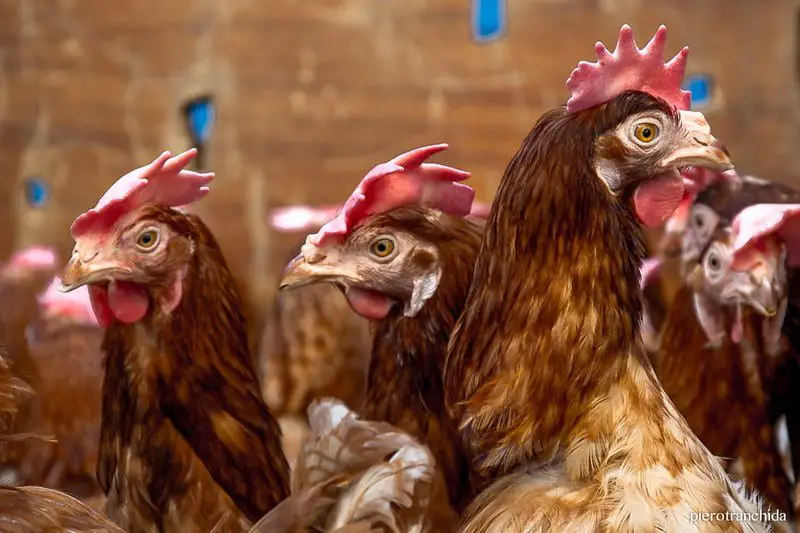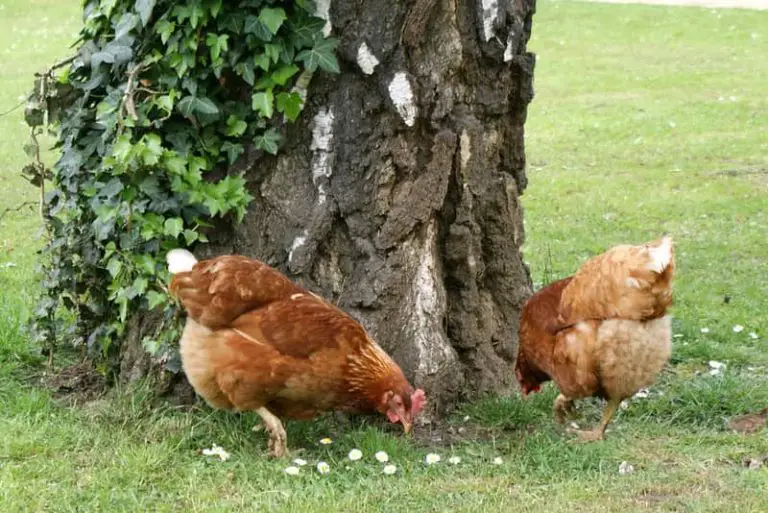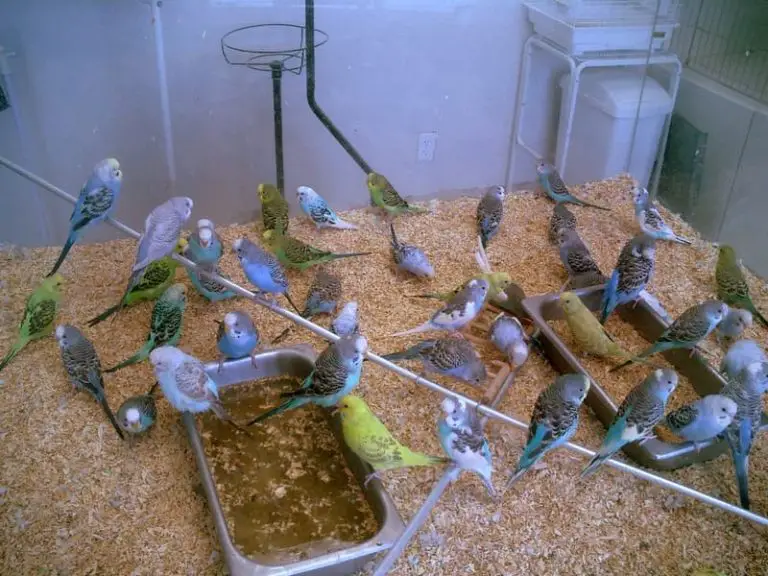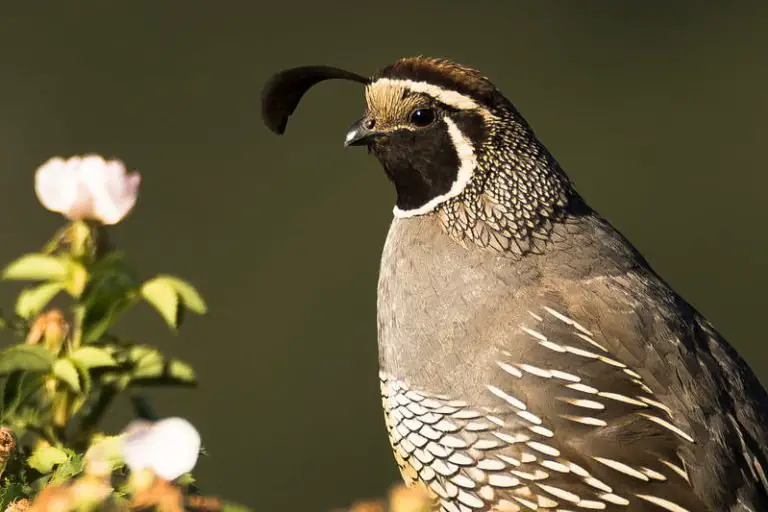Can Chickens Eat Uncooked Pasta? (Solved)

Generally, chickens have almost no problems with the food they eat, due to their characteristics of being practically omnivorous and resistant at feeding time.
But, not everything hens eat is good for their balanced development or their health, recently while researching topics to write about I came across this question in some forums, about whether hens can eat uncooked pasta.
I thought it was interesting and strange since raw pasta does not really belong to the foods that poultry or animals, in general, are accustomed to.
Even in humans, it is not advisable to eat raw pasta, due to several factors that could affect health.
Raw dough has approximately the same composition as dry bread (flour, water) from a nutritional point of view it is not advisable to constantly feed this type of food to a hen.
But the important issue is to know if it could be harmful to health or not, according to the research I did, although chickens are able to eat raw pasta, it is not recommended to give it continuously because of the amount of starches found in raw pasta.
Due to the large amount of starch found in raw pasta, if it is given constantly as feed, the hen can receive a higher glucose intake than her body requires.
This can generate more fat in the body of the birds and hinder their capacity as layers.
Among other considerations and precautions about feeding raw pasta to animals, I noticed some cases of animals that suffered when ingesting this type of food, because raw pasta tends to grow once ingested due to humidity.
Although this may not be the case in chickens, but rather a case of mammals, it should be taken into account, not to provide raw pasta to very small hens in the early life stage.
Raw pasta is a hard and difficult-to-digest food, a very small hen is not yet ready to be able to process this type of food in her gizzard, which could cause potential health problems.
How could a chicken digest uncooked pasta?
It is important to know the particularities of a hen’s digestive system in order to understand if it can safely eat raw pasta. Since hens do not have teeth, they have an organ called the gizzard.
In the gizzard the hen has small stones and gravel that help to grind the food that the hen will eat practically whole.
For this reason it is essential where hens live to have an outside space where they themselves will consume enough grit for their gizzard to function.
On the other hand, if they do not have this possibility or if they are still too small to go outdoors, the ideal is to supply this mineral component. You can buy it in specialized stores and just sprinkle it on their food.
Uncooked pasta is not a customary feed for chickens.
This sounds too logical and common to make a whole topic out of it, but perhaps there are people out there contemplating the possibility of making raw pasta a regular food for their chickens.
Perhaps because it is a very economical feed, maybe as a corn substitute or because it actually has some caloric attributes, but you have to consider the amount of starch that raw pasta contains.
The amount of starch contained in a raw flour-based pasta is approximately 80%, as previously mentioned, this high amount of starch is converted into glucose and then into fat, which hinders certain vital aspects of the hen, essentially egg-laying.
Does fat accumulation in chickens really affect them?
Despite having read several times on different websites about how detrimental fat accumulation in chickens can be, I decided to do a little more research, until I found some really essential information.
Without a doubt, chickens suffer from a health condition due to fat accumulation, this condition is called fatty liver.
Fatty liver syndrome is one of the most important metabolic disorders seen during periods of high production in laying hens.
There are several factors that can cause increased fat accumulation in chickens, including high egg production, toxins, nutritional imbalances, excessive consumption of high energy diets.
Also deficiency of nutrients that mobilize liver fat (lipotropic agents), endocrine imbalances and genetic components.
Fatty liver syndrome in chickens is the result of excessive fat accumulation when lipoprotein transport is disturbed.
The liver is the main site of lipid synthesis in avian species, which is very active in adult egg-producing females.
Fatty liver syndrome occurs in birds that are in a positive energy balance (i.e., an oversupply of energy), so it is confirmed that uncooked pasta should not be fed on a constant basis due to its high caloric content.
Nutritional value of uncooked pasta for chickens
Not everything is negative, raw pasta provides a high energy value, also a high fiber content, despite having many carbohydrates, these are slowly absorbed, so the energy is released slowly.
Nutritional value of pasta (per 100 grams):
- Calories: 375 kcal
- Proteins: 12 gr
- Fat: 1,8 gr
- Carbohydrates: 75, 8 gr
- Fiber: 4 gr
- Calcium: 25 mg
- Iron: 1,6 mg
- Magnesium: 53 mg
- Zinc: 1,5 mg
- Potassium: 230 mg
- Phosphorus: 180 mg







